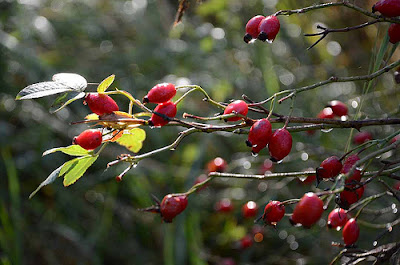from
Behind the French Menu
by
Bryan G. Newman
behindthefrenchmenu@gmail.com
Cooking on the plancha
The plancha/planxa is part of many southern French and French Basque recipes and provides unique tastes that cannot be obtained with traditional frying or grilling. The plancha is an iron sheet, almost one and a half centimeters (0.6”) thick that provides a very even method of cooking that uses very little oil and results in a taste of its own. The invention of the plancha is claimed as their own by the Spanish, the Basques, and the French.
Dishes cooked on the plancha on French Menus:
Mesclun aux Agrumes, Pavé de Saumon à la Plancha – A mixed green salad with citrus fruit accompanied by a thick cut of salmon cooked on the plancha.
Octopus on the plancha with eggplant, tomato, crispy panisse, basil oil.
Steak de Thon Rouge Frais à la Plancha - A fresh Northern Bluefin tuna steak cooked on the plancha
Swordfish and courgettes on the plancha
Calamars Grillés à la Planxa, Persillade aux Herbes – Calamari, squid, cooked on the planxa with persillade, a mixture of garlic and parsley along with herbs,
Cooking on a plancha
Le Magret de Canard à la Planxa – Duck breast cooked on the planxa.
Dos de Morue à la Planxa en Persillades – A thick cut of fresh cod cooked on the Planxa with a sauce made with a mixture of garlic and parsley
Chorizo à la Planxa au Cidre Basque – Chorizo pork sausages cooked on the planxa with Basque cider.
Who really created the plancha, planxa?
The original creation, at least the one that sounds the most probable has the idea down to a blend of early Mexican, Aztec and Maya cooking methods mixed with the addition of Spanish ideas. Their corn bread was cooked on flat clay plates heated from below, then with the arrival of the Conquistadors, an iron plate was placed on top. So the Spanish French and Basque probably owe the Plancha to the Central and South Americans and the Conquistadors. In Spanish, the word plancha means iron or metal or metal plate. In modern Spanish, a plancha is also a clothing iron, just as the word iron means a clothing iron in English. In Catalan, the language of Catalonia, (an autonomous part of North-Eastern Spain) the word is Planxa. In Basque planxa has the same meaning.
Chorizos on the plancha.
So, white the plancha/planxa may not be an original Spanish, French, Catalan, or Basque creation it does provide delightful dishes.
Connected Posts:
Behind the French Menu
by
Bryan G. Newman
behindthefrenchmenu@gmail.com
Copyright 2010, 2016.










